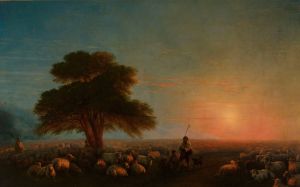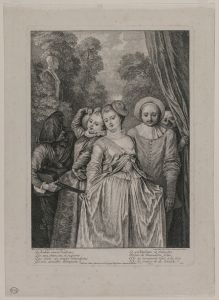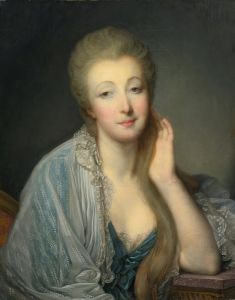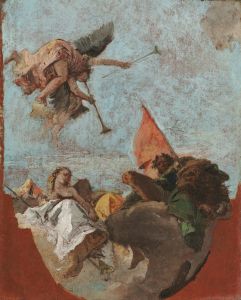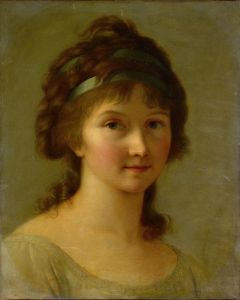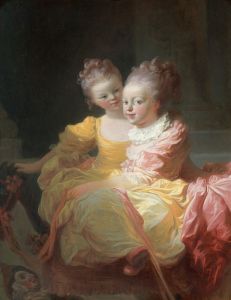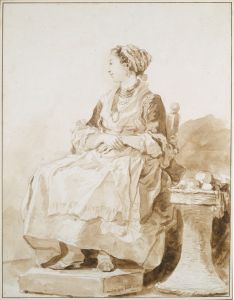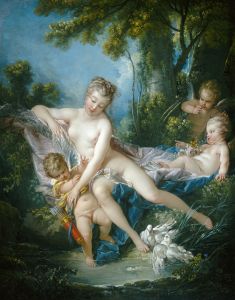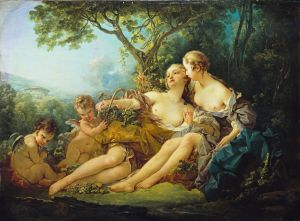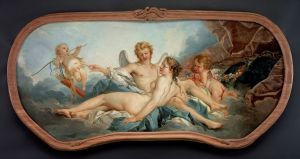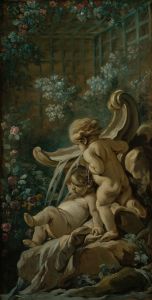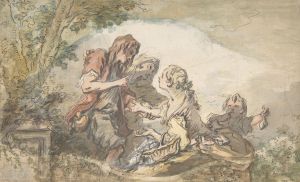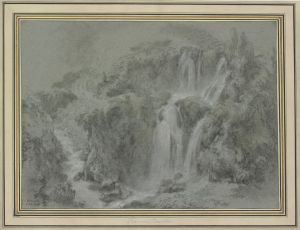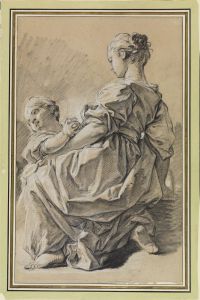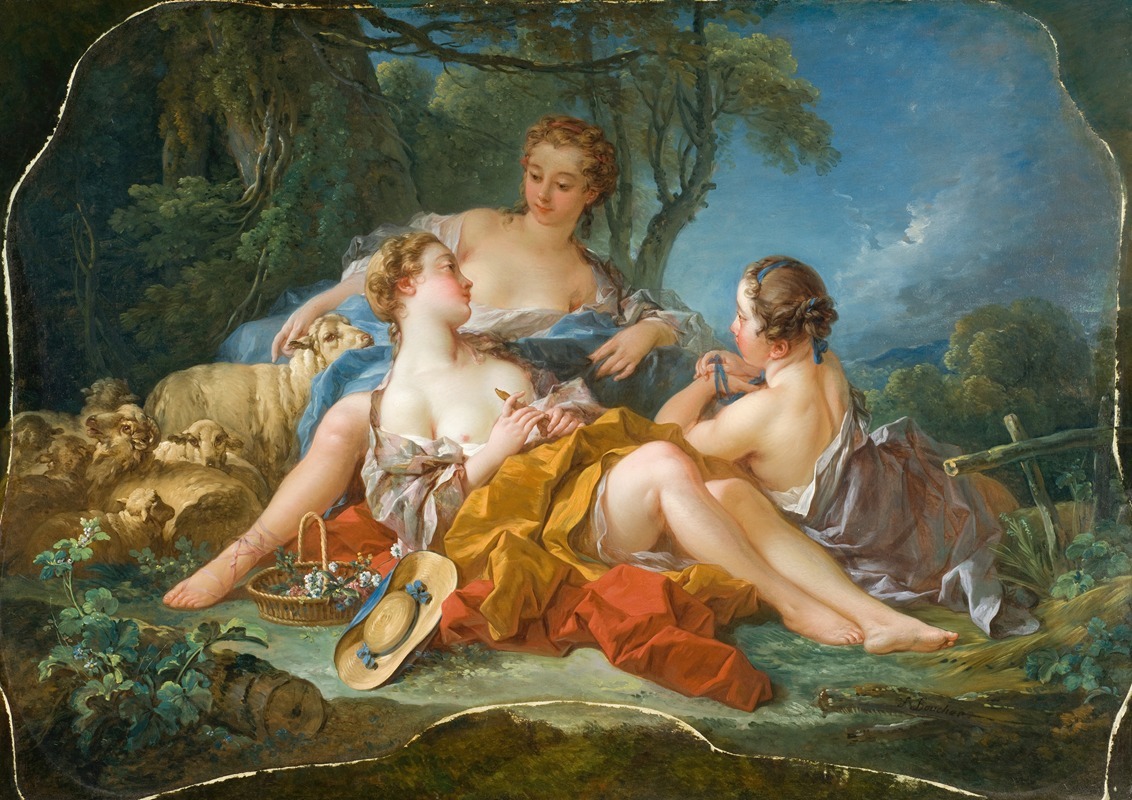
Les Confidences Pastorales
A hand-painted replica of François Boucher’s masterpiece Les Confidences Pastorales, meticulously crafted by professional artists to capture the true essence of the original. Each piece is created with museum-quality canvas and rare mineral pigments, carefully painted by experienced artists with delicate brushstrokes and rich, layered colors to perfectly recreate the texture of the original artwork. Unlike machine-printed reproductions, this hand-painted version brings the painting to life, infused with the artist’s emotions and skill in every stroke. Whether for personal collection or home decoration, it instantly elevates the artistic atmosphere of any space.
François Boucher was a prominent French painter of the Rococo style, known for his idyllic and voluptuous paintings that often depicted classical themes, pastoral scenes, and allegories. Born in Paris in 1703, Boucher became one of the most celebrated artists of the 18th century, serving as the court painter to Louis XV and holding significant influence in the art world of his time.
"Les Confidences Pastorales" is one of Boucher's works that exemplifies his mastery in creating charming and romanticized depictions of rural life. While specific details about this particular painting are scarce, it is consistent with Boucher's broader oeuvre, which frequently explored pastoral themes. These works often featured shepherds and shepherdesses in idealized landscapes, engaging in leisurely activities or intimate conversations, set against lush, verdant backdrops.
Boucher's pastoral scenes were not intended to be realistic portrayals of rural life but rather idealized visions that catered to the tastes of the French aristocracy. They reflected a yearning for simplicity and a return to nature, which was a popular sentiment among the elite during the Rococo period. This style was characterized by its lightness, elegance, and use of soft colors, all of which are evident in Boucher's paintings.
In "Les Confidences Pastorales," Boucher likely employed his signature techniques, such as delicate brushwork and a pastel color palette, to create a sense of intimacy and tranquility. The composition would typically include figures in graceful poses, often engaged in conversation or music-making, surrounded by elements of nature like trees, flowers, and streams. These elements combined to evoke a sense of harmony and peace, transporting viewers to an idealized version of the countryside.
Boucher's work was heavily influenced by the earlier Rococo artist Antoine Watteau, who also depicted pastoral scenes with a similar sense of whimsy and fantasy. However, Boucher's paintings were often more decorative and ornate, reflecting the tastes of his patrons, who favored art that was both pleasing to the eye and reflective of their own leisurely lifestyles.
Throughout his career, Boucher produced a vast number of paintings, drawings, and designs for tapestries and porcelain, making him one of the most prolific artists of his time. His work was not only popular in France but also admired across Europe, influencing other artists and contributing to the spread of the Rococo style.
Despite his success, Boucher's reputation declined towards the end of his life and after his death in 1770, as the Rococo style fell out of favor and was replaced by the more austere Neoclassicism. However, in the 19th and 20th centuries, there was a renewed interest in Boucher's work, and he is now recognized as a key figure in the history of French art.
"Les Confidences Pastorales," like many of Boucher's works, remains a testament to his skill in capturing the playful and decorative spirit of the Rococo era. While specific information about this painting is limited, it continues to be appreciated for its beauty and the way it encapsulates the artistic and cultural trends of 18th-century France.





